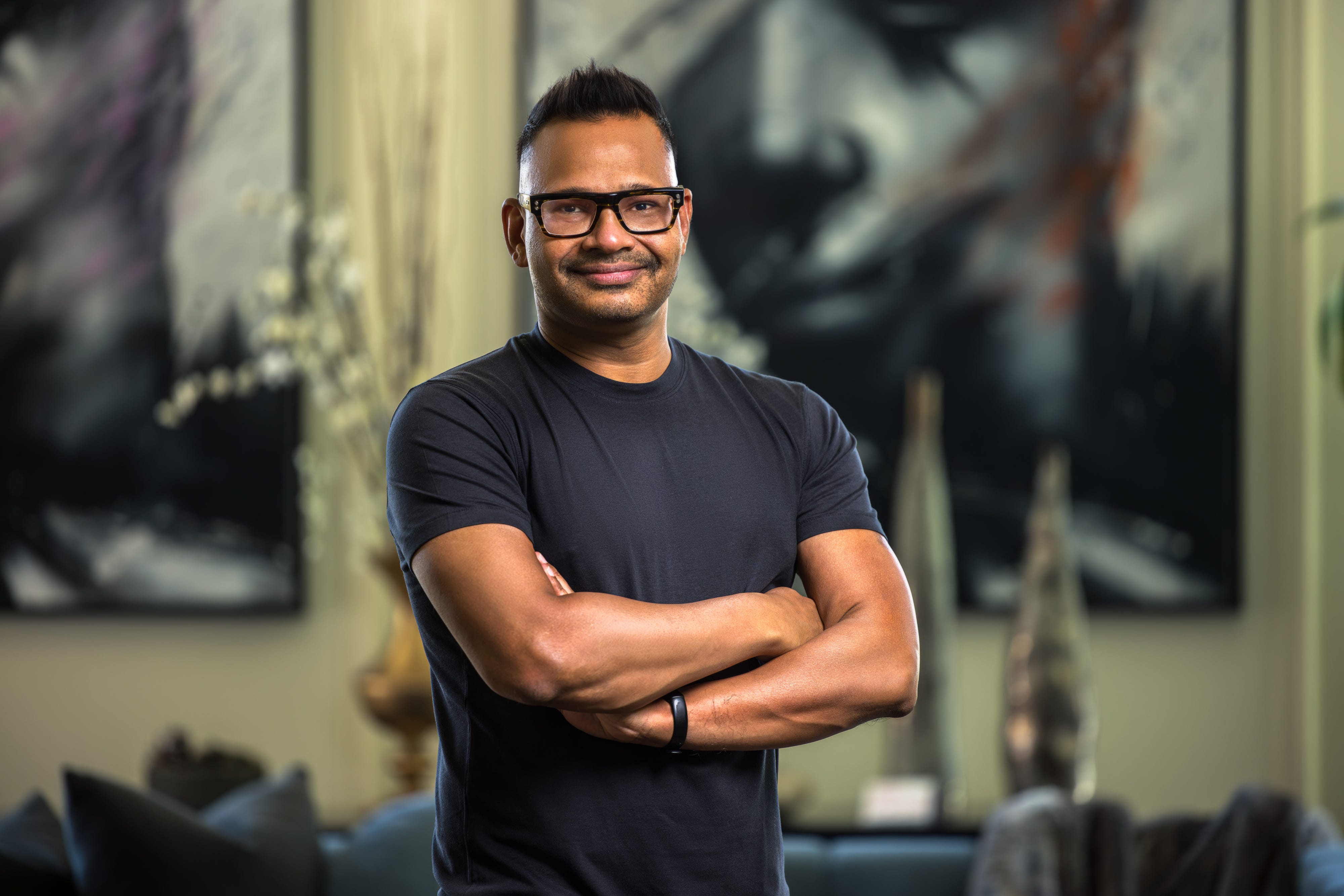
Courtesy of Jyoti Bansal
- Jyoti Bansal is founder and CEO of multiple companies.
- He came to the US on an H-1B visa, and always had a goal of creating his own company.
- His previous company was acquired for $3.7 billion in 2017.
This as-told-to essay is based on a conversation with Jyoti Bansal is founder and CEO of Harness and managing partner at Unusual Ventures. It has been edited for length and clarity.
When I was studying computer science at one of India’s top universities, I became fascinated by startups. I was captivated by the impact startups had: the idea that you could start a company from scratch that provided outstanding services, technologies, and jobs.
Naturally, I then became fascinated by Silicon Valley. That’s where the top startups in the world were being formed. My goal was to build a company, and it seemed like Silicon Valley was where I needed to be.
Since I wasn’t American, I couldn’t just move to California and get to work. Instead, I came on an H-1B visa, which allows American companies to hire skilled workers from abroad.
I came to the US to learn about startups
I arrived in the US in 2000, when I was 21. There was so much excitement: not only about a new country and new job, but about the caliber of people I was exposed to. Silicon Valley is home to some of the smartest people in the world, and I was always surrounded by top talent. There was a buzz everywhere, even in the coffee shops.
I was working for a startup that had about 30 employees. When I moved to the US I wasn’t sure I would stay forever. I thought I would get experience, then start my own company, maybe in the US or maybe in India. But once I was in Silicon Valley, it became clear to me that this was the best place in the world to be part of the start up ecosystem.
I started my company as soon as I could, and grew it to $3.7B
However, the H-1B is a work visa. I couldn’t just up and start my own business. It was very frustrating. I knew I could create the technology to solve a specific problem. I just needed the right immigration status. Getting that took seven years.
When I finally had my green card (or permanent residency), I immediately quit my job, even before the final paperwork came through, and started my company, AppDynamics. The early days were a struggle, like any startup. I realized then how valuable my time working in other startups when I was on the H-1B visa had been. I learned a lot about what went right and — even more importantly — about what went wrong at those businesses.
That knowledge helped me grow my company quickly. At one point I had about 2,000 employees under me. In 2017, the company was acquired by Cisco for $3.7 billion.
I hire Americans and H-1B workers today
After five years of being a permanent resident, I was eligible to apply for citizenship. I knew I wanted to. I have my Indian heritage, which I’m very proud of. But I am also proud to be an American.
Getting my citizenship meant a lot to me personally, but I didn’t change much professionally. Business travel became easier once I had an American passport.
Today my latest company, Harness, has about 1,300 employees. I also run a venture firm and another company. Overall, I’d say I’ve hired about 4,000 people since I became a permanent resident in the US. I always prefer to hire Americans. And yet, that’s not always possible. When you’re recruiting for the top talent in the world, the competition is stiff, and you want to cast the widest net possible.
That’s always been the beauty of immigration. People ask me why Silicon Valley is so successful. It’s because of the people, many of whom come in on the H-1B visa. We attract the top talent globally, and that’s good for the country and the economy.
Read the original article on Business Insider
The post I moved from India to the US in 2000. When I finally got my green card, I quit my job and started my own company. appeared first on Business Insider.




